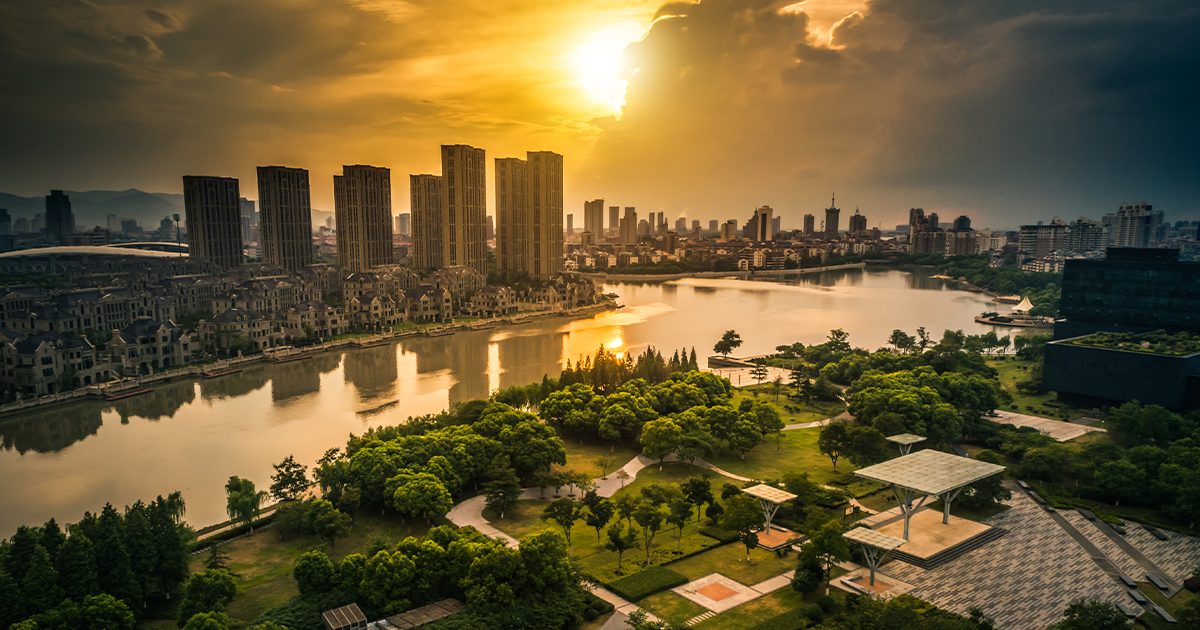New Infrastructure Projects Boosting Real Estate in India
India’s real estate market in 2025 is witnessing a powerful transformation, thanks to a surge in new infrastructure developments. From next-gen expressways and modern airports to expanding metro networks and smart cities, these projects are not just reshaping urban landscapes but also redefining where and how people invest in property.
Whether you’re a homebuyer, investor, or developer, understanding the role of infrastructure in shaping real estate can help you spot high-growth opportunities across the country. Here’s a closer look at how infrastructure is fueling the boom.
1. Expressways and Highway Corridors: Connecting Growth
The government’s aggressive focus on road development under the Bharatmala Pariyojana is proving to be a game-changer. Key projects like the Delhi-Mumbai Expressway, Amritsar-Kolkata Industrial Corridor, and Bangalore-Chennai Expressway are improving connectivity across states and reducing travel time significantly.
Impact on Real Estate:
- Tier 2 and Tier 3 cities along these corridors are seeing a sharp increase in land prices.
- Warehousing and logistics parks are booming in nodes near these expressways.
- Residential townships and plotted developments are coming up near major junctions.
2. Metro Rail Expansion: The Urban Lifeline
Cities like Delhi NCR, Mumbai, Pune, Bengaluru, Hyderabad, and Ahmedabad are rapidly expanding their metro networks in 2025. These projects are improving last-mile connectivity and easing daily commutes.
Real Estate Trends:
- Metro-adjacent properties are commanding a 10–20% premium in many cities.
- Rental yields have improved in neighborhoods with metro connectivity.
- Developers are increasingly marketing “metro-connected living” as a key USP.
3. Smart Cities Mission: Infrastructure Meets Innovation
Over 100 Indian cities under the Smart Cities Mission are receiving massive investment for digital infrastructure, efficient public services, sustainable planning, and green development. Cities like Pune, Surat, Indore, Bhubaneswar, and Coimbatore are leading the charge.
How It’s Boosting Real Estate:
- Rise in demand for luxury and mid-segment apartments in smart zones.
- Increased interest from NRI buyers and tech-savvy millennial investors.
- Growth of co-living, co-working, and tech-integrated residential communities.
4. Regional Airports and UDAN Scheme: Taking Tier 2 Cities to New Heights
With the UDAN (Ude Desh ka Aam Nagrik) scheme, regional connectivity is improving at a fast pace. New airports in places like Jewar (Noida), Navi Mumbai, Deoghar, and Hollongi (Arunachal Pradesh) are bringing smaller towns into the real estate spotlight.
Real Estate Ripple Effects:
- Boost in tourism and second-home buying in hill stations and heritage towns.
- Commercial real estate growth near new airport zones.
- Stronger demand for hotels, service apartments, and homestays.
5. Industrial and Economic Corridors: A Magnet for Commercial Real Estate
India’s focus on industrial corridors like the Delhi-Mumbai Industrial Corridor (DMIC) and Bengaluru-Mumbai Industrial Corridor (BMIC) is drawing foreign investment and pushing commercial infrastructure growth.
Opportunities for Real Estate:
- Office space development in newly industrialized areas.
- Residential townships catering to blue- and white-collar workers.
- Strong ROI in early investments around SEZs and industrial parks.
6. Digital Infrastructure: A Silent Game-Changer
Beyond roads and metros, India’s digital infrastructure push—especially in fiber connectivity and 5G rollout—is enabling the rise of remote work towns, data centers, and smart housing.
Real Estate Evolution:
- Growth in satellite towns like Nainital, Mukteshwar, Panchgani, and Coonoor for remote professionals.
- Data center REITs (Real Estate Investment Trusts) attracting investor attention.
- Increased value of tech-enabled housing societies.
Final Thoughts
India’s infrastructure renaissance in 2025 is not just about connectivity—it’s about creating liveable, investable, and sustainable real estate destinations. For investors and developers, keeping an eye on these upcoming infrastructure hubs can be the key to unlocking future-ready opportunities.
Whether you’re looking to buy your first home or diversify your real estate portfolio, consider areas where the government is putting its infrastructure money. Because where roads, metros, and airports go—real estate growth always follows.


